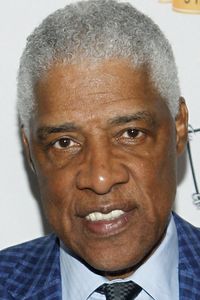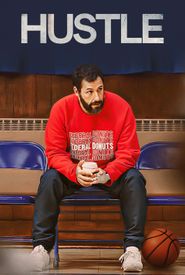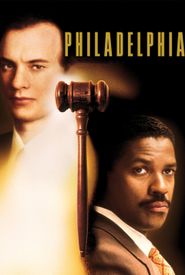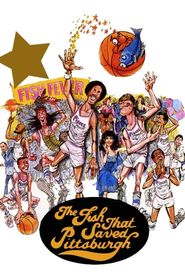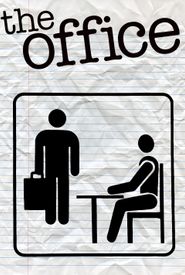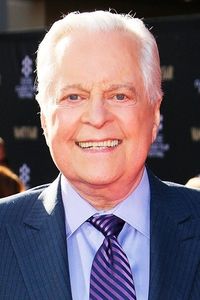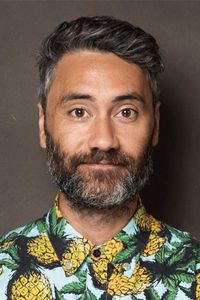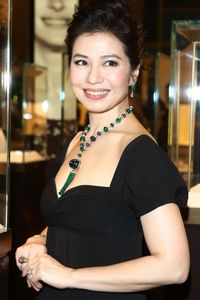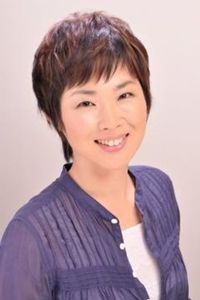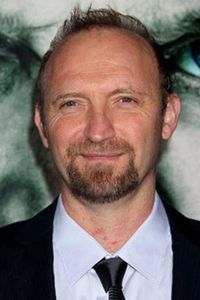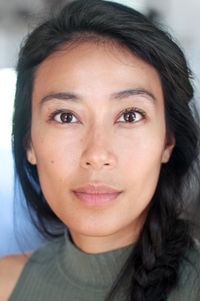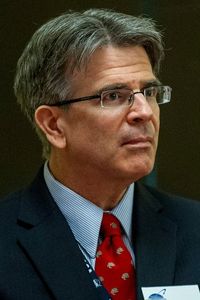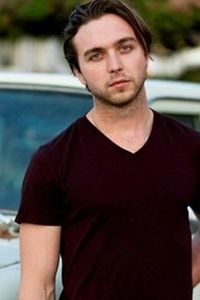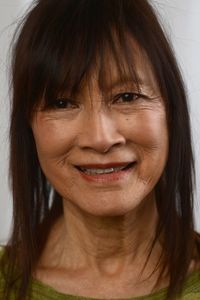Here is Julius Erving's biography:
Julius Erving was born in 1950 in Hempstead, New York. He grew up in a housing project with his single mother and two siblings. His father left when he was three, and his mother remarried, moving the family to nearby Roosevelt, New York. Erving's mother wanted her children to have a better life, and she realized that basketball might be a way out for her young son.
Before attending high school, Erving averaged 11 points a game with his Salvation Army team. At Roosevelt High School, he began to flourish, competing in state-wide tournaments, getting named to various all-Long Island teams, and receiving several awards. Erving averaged 26 points and 20 rebounds, one of the few players in NCAA history to average 20 of both statistics.
In a time when few players left college early to join the pros, Erving did just that. He signed with the ABA's Virginia Squires, a league that was not opposed to players entering professional basketball early. He signed with the Atlanta Hawks in 1973, but legal entanglements prevented him from playing with the team, as well as the Milwaukee Bucks, which also drafted him.
By this time, the ABA was talking about a merger with the NBA, but Oscar Robertson's player union was preventing this from taking place. The ABA was taking top-flight players from college who would have had excellent careers in the NBA, as well as taking current NBA players and placing them on ABA rosters. For a time, it seemed as though the NBA would submerge in favor of the ABA.
However, the ABA's lackluster markets, unstable ownership, too many team moves, and lackluster markets proved too much for the league. After starting with the Squires, Erving was traded to the Nets. He became an incredible scorer, an incredible talent, and considered to possibly be the most explosive basketball player period. He won a few championships, scoring titles, and was one of the all-around best players in basketball.
By 1976, the ABA was no longer a significant force, teams collapsed, owners and players were both disgruntled, and the ABA didn't have any significant talent to market, except for Dr. J. What is not clear is how he got his nickname, but it is thought that as a doctor, he would cure anyone who thought they could take him on. It was a nickname he had since college.
In a contractual dispute with his team, he was bought by the Philadelphia 76ers for a then-record $3 million. Erving had been a basketball icon for years, with his Afro, his intense style, and his in-your-face on-court manner. He played very well with his fans and would become a staple in Philadelphia, joining a high-flying spectacular team of Darryl Dawkins, Lloyd B. Free, and others.
The team went to a 50-32 record, with Erving being the undoubted leader of his team. However, the spectacular team yet again fell to fundamentals. Erving advanced his team to the finals, winning the first two. Erving and his teammates said the series was over before they started. However, their opponents, the Portland Trailblazers, led by Bill Walton, led their team to four straight finals victories to win the team's first-ever finals.
For the next two years, the Sixers became a fun team to watch, and they would go deep into the playoffs routinely, but they never could win. By 1979, the NBA was in crisis, ratings, and attendance were down. The NBA was perceived to be too black, too into drugs, and disco, and was viewed as too much for one part of society, no doubt a result of bigotry, as a large percentage of players in the NBA were black.
However, that year would be a watershed year for the NBA. Larry Bird and Magic Johnson entered, and Erving changed his image. He cut off his Afro, made his image a little more clean, took the in-your-face element out of his game, but remained none-the-less spectacular.
